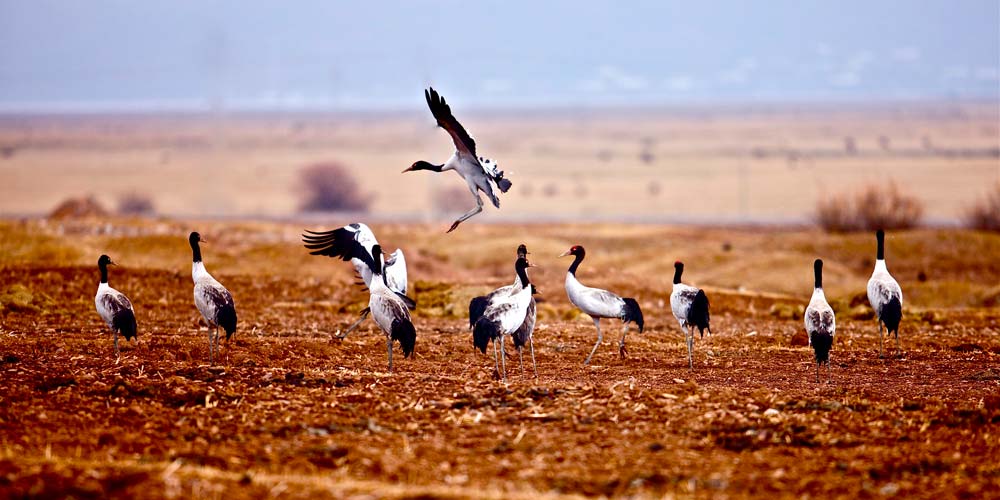
Altitude: 1350m
Wangdue Phodrang is named after the Dzong in Wangdue. The name is said to have been given by Zhabdrung Ngawang Namgyal who was seeking a strategic location for a Dzong to prevent incursions from the south. At the chosen spot, he is said to have encountered a boy named Wangdue playing beside the river and thus named the Dzong. Wangdue Phodrang meaning ‘Wangdue’s Palace.’ In the 17th century, Wangdue Phodrang played a critical role in unifying the western, central and southern Bhutanese Dzongkhangs.
Wangdue Phodrang has a total area of 4,028.68 sq.km with altitude ranging from 440m to 7,200m. it is the second largest Dzongkhag in Bhutan and consist of 15 Gewogs which includes Athang, Gase, TshoGom, Gse Tshoom, Kazhi, Nahi, Nyiso, Phangyul, Phobji, Rubesa, Sephu and Thedtsho. The summer is moderately hot with cool winters. The areas in the north remain under snow during the winter.
Wangdue Phodrang has about 65 percent of its total land under forest cover, consisting of both broadleaf and conifers. Phobjikha Gewog is famed as the winter resting place of the Black-necked Cranes. The Jigme Dorji Wangchuck National park extends into the northern part of the Dzongkhag and covers almost four Gewogs.
The higher altitude Gewogs of Phobji, Gangtey, Sephu and Dangchu provide rich pasture of livestock. Chuzhing (wetland) dominates agricultural land use in the Dzongkhag followed by Kamzhing (dryland), mixed farming and few patches of Tseri (slash and burn cultivation). Paddy is grown extensively, mostly along the Dang Chhu and Tsang Chhu in Nahi, Nyisho, Phangyul, Rubesa and Thedtsho Gewogs. Double croppingof rice is an important agricultural feature. Potato is an important cash crop espically for the Phobji, Gangtey and Sephu Gewogs. The Production of citrusis increasing in Daga, Bjena, Phangyul and Rubesa Gewogs while ginger production is gaining popularity in Daga and Athang Gewogs as an important source of income.
Wangdue Phodrang is famous for its fine bamboo work, slate and stone curvings.
Places of Interest
Wangdue Phodrang Dzong
Wangdue Phodrang Dzong was founded by Zhabdrung Ngawang Namgyal in 1638. It is located on top of a high ridge overlooking a river junction. The Dzong stands majestically on a spur and commands an impressive view over both the north-south and east-west roads.
Phobjikha Valley
A few kilometers past the Gangtey Goenpa, on the valley floor is the village of Phobjikha. This is the winter home of the rare Black-necked Crane, an endangered species that migrates form its northern habitats in Tibet and Siberia, each winter. There are about 450 to 500 cranes residing in Bhutan of which 250 to 300 live in this wide, beautiful alpine wetland valley.
Gangtey Goenpa
To the east of Wangdue Phodrang, Gangtey Goenpa at 3,020m is a major attraction with an old monastery dating back to the 16th century. Situated on a ridge overlooking the Phobjikha Valley, built by the grandson of Terton Pema Lingpa, Gyalse Pema Thinley in 1613 and later expanded by Tenzin Legpai Dhendup.